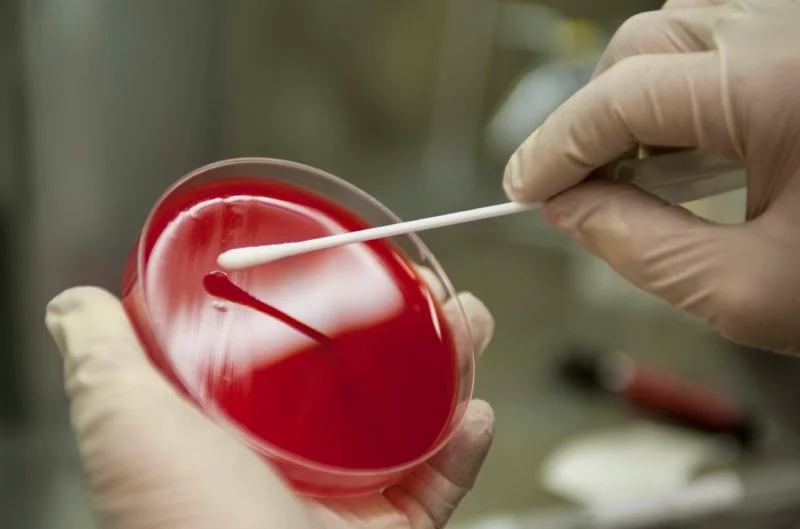The story of science is a rich fabric whose iconic figures are not necessarily the most complicated but the most obviously ubiquitous and impactful. The unassuming Petri dish is one such prominent signifier of progress for life in the sciences. This translucent, circular vessel with its iconic lid is much more than mere shallow glassware used to grow cell cultures; it epitomizes the spirit of scientific inquiry and the relentless quest for discovery.
Table of Contents
The Petri Dish’s Origins and Evolution
The narrative of the Petri dish began with Robert Koch, a famous German physician often recognized as one of the founders of bacteriology. In 1881, Koch, whose strict experimental methods were his trademark for innovative studies on bacteria, needed a more effective technique for culturing bacteria. This need pushed him to create an atmosphere that would facilitate the growth of bacterial colonies. However, Julius Richard Petri, assistant to Koch, gave it its final touches in 1887. Petri’s dishes fundamentally transformed microbial culturing by eliminating the requirement for growing bacteria on gelatine surfaces by allowing bacteria to be isolated in their own habitats.
The evolution of the Petri dish is not just in its material or shape but in the way it birthed the concept of well-controlled experiments. Before that, growing the same bacteria under the same conditions often meant relying on flasks and other cumbersome equipment unsuitable for the level of detail and care required.
The Petri Dish and Modern Biomedical Research
The Petri dish has undoubtedly influenced the biomedical field. It simplified culturing bacteria and provided a basis for clinical microbiology and diagnostics. Using the Petri dish, scientists grew organisms in such a way that permitted them to see what pure cultures look like – something vital in identifying unique infectious agents and comprehending their actions.
Applying Petri dishes to genetics and DNA research also became a sensational advancement. These dishes facilitated the use of agar as a growth medium, enabled the exact observation of gene traits, and permitted bacterium colonies with specific attributes to be studied in isolation. The absence of a Petri dish would have rendered impossible the restrained multiplication and examination of bacteria, which was significant in the formation of genetics.
The Petri Dish in Microbiology and Disease Control
The Petri dish came on the scene just as our knowledge of infectious diseases grew exponentially. For instance, creating a controlled environment where bacteria could be cultured was achieved through the development of the Petri dish. Research on microbiomes, antibiotic resistance, and vaccine development emerged from this due to careful observation, systematic testing for various conditions, and mixtures of microbial communities.
As a field, public health has gained much through introducing petri dishes. They have also helped in the study of epidemiology and control of disease outbreaks to a large extent. By isolating and cultivating microorganisms, medical practitioners could identify specific diseases and follow how they spread among people. This facilitated hygiene practices, which also aided in determining the origins of infections and hence became effective in prevention measures for the public.
Key Innovations Associated with the Petri Dish
The Petri dish has not remained stagnant since its inception. Scientific innovations have been modifying, and expanding their utility over the years. The introduction of plastic petri dishes in the 20th century increased their shelf-life and reduced the probability of pollution or contamination. Additionally, modifications such as grids and other dish markers allowed for better tracking and identification of cultures.
Creating two-compartment Petri dishes was a major step forward for the Petri dish, allowing dual cultures to occur in the same dish without cross-contamination worries. This made it easier and less error-prone for researchers and experimenters to work with different combinations of microorganisms, consequently speeding up discovery.
Case Study: Penicillin in a Petri Dish
The Petri dish is historically well-known, if not the most famous, through its employment of all time to discover penicillin. Alexander Fleming discovered in 1929 that a mold belonging to the genus Penicillium, which had accidentally infected a Staphylococcus culture on a Petri dish, suppressed bacterial growth. This accidental observation identified penicillin as the first antibiotic ever made worldwide and a turning point for the medical industry.
The crucial part environmental controls played in the progress of science was illustrated by Fleming’s discovery, which involved isolating and containing cultures in Petri dishes. The history of penicillin underscores the tremendous opportunities in the laboratory when attentive minds cross paths with chance occurrences – often within a single Petri dish.
Contemporary Use and Future Trends of the Petri Dish
The Petri dish is a constant item in any scientific laboratory despite the tremendous progress made by modern biotechnology. It is adaptable to new challenges and technologies like tissue engineering and regenerative medicine because of its simplicity in design and versatility in function. This dish continues to be important for growing cells and studying their activities, helping us unlock the power of stem cells and other frontiers in research.
Looking ahead, with the advent of 3D cell culture models and organoids, the Petri dish’s future iterations may move into more complex, structured forms. Perhaps the traditional circular Petri dish might one day seem as ancient as the mortar and pestle in the annals of scientific progress. But until that time, it endures as a timeless paradigm of controlled experimentation.
Conclusion
In addition to being only a vessel for cultures, the Petri dish has been involved in the scientific essence of man’s penchant for knowledge. Since it was invented by Robert Koch through Alexander Fleming, who accidentally discovered penicillin, and presently in modern biotechnology, the Petri dish has been a central tool in advancing mankind’s understanding of diseases and improving its knowledge of such. The trend of continuous breakthroughs happening today in life sciences assures us that this modest laboratory container will always be around as an eternal reminder of how observation can be exhaustive and how uncertainty is consequential to Science progress.


